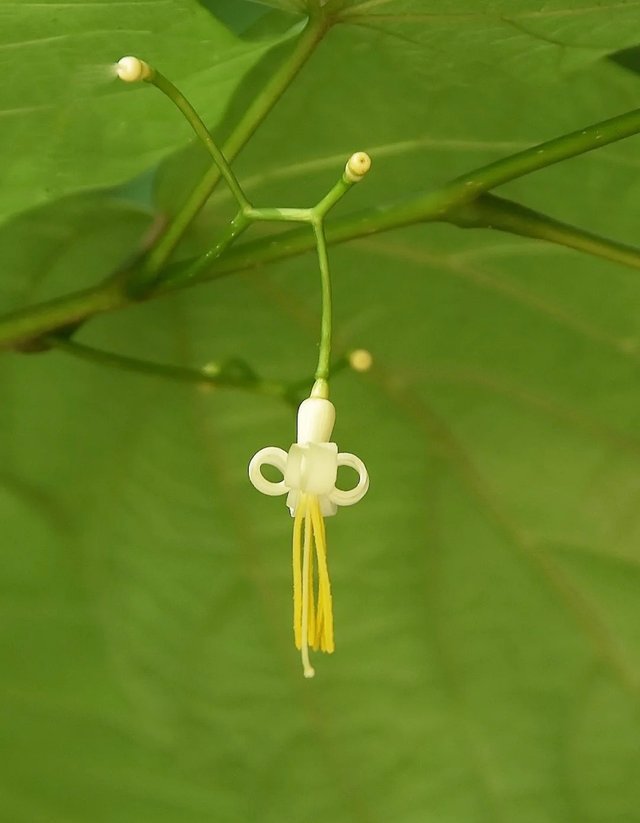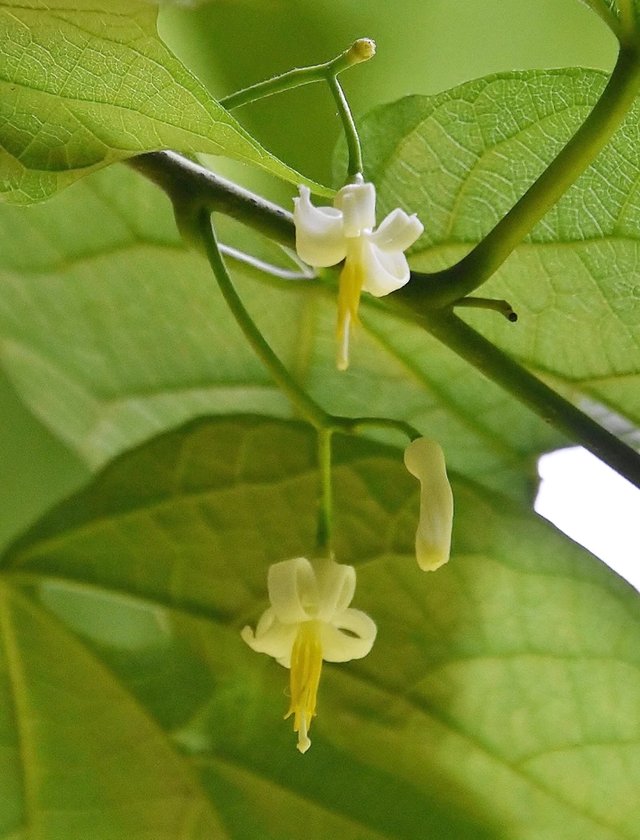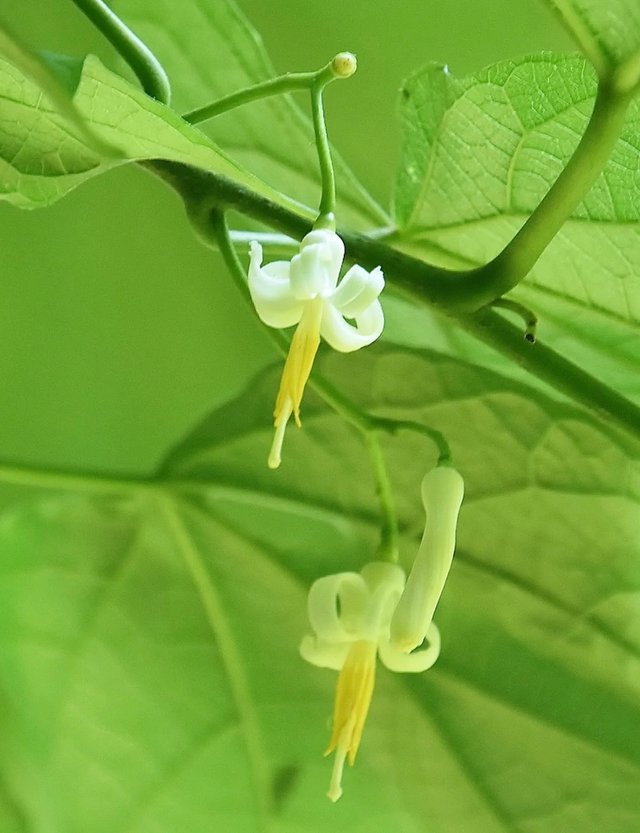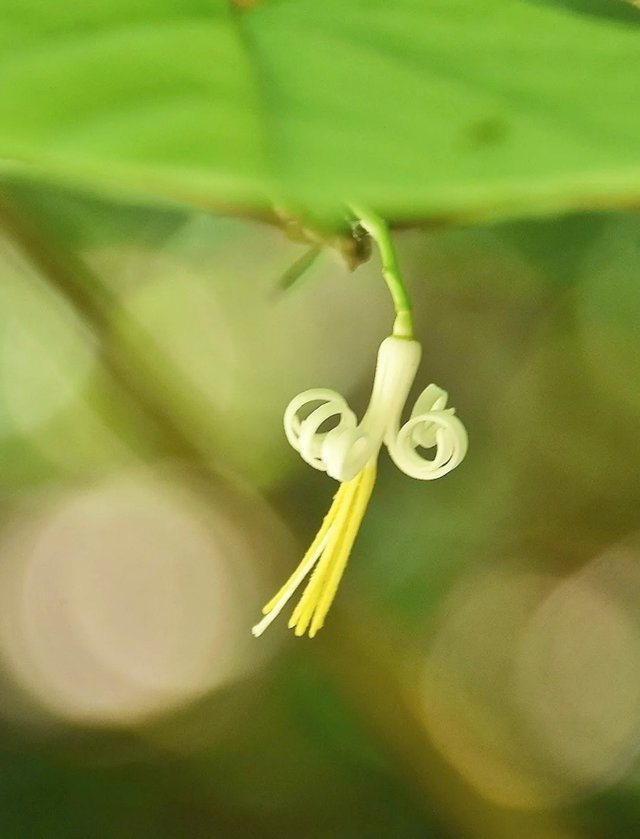Alangium platanifolium
In the vast kingdom of flowering plants, where dazzling orchids and bold sunflowers dominate our senses, a lesser-known but equally captivating species quietly thrives: Alangium platanifolium. Native to parts of East Asia, including China and Japan, this flowering shrub or small tree belongs to the Cornaceae family and showcases the subtle beauty and resilience of nature. Though it may not be widely known, Alangium platanifolium is a botanical treasure waiting to be appreciated.
The flowers are generally small, star-shaped, and grow in loose clusters. Each flower typically features 5 to 6 narrow, reflexed petals, resembling the delicate arms of a starfish.Usually creamy white or pale yellow, sometimes with subtle greenish hues. Their gentle coloration often contrasts beautifully against the rich green foliage.While not overwhelmingly fragrant, the flowers emit a light, sweet scent that becomes noticeable during warm spring mornings.Flowers typically bloom in late spring to early summer, often coinciding with new leaf growth.
Although not as prominent in modern herbal medicine as some of its relatives (such as Alangium chinense, used in traditional Chinese medicine), Alangium platanifolium may possess mild pharmacological properties, especially in its bark and roots. Some studies on related species suggest antioxidant, anti-inflammatory, and antibacterial potential, but more research is needed for this particular species.Culturally, the plant is occasionally planted for ornamental purposes due to its distinctive foliage and gentle floral presence. In Japanese and Chinese gardens, it may be used to add texture and contrast against more vibrant species.




